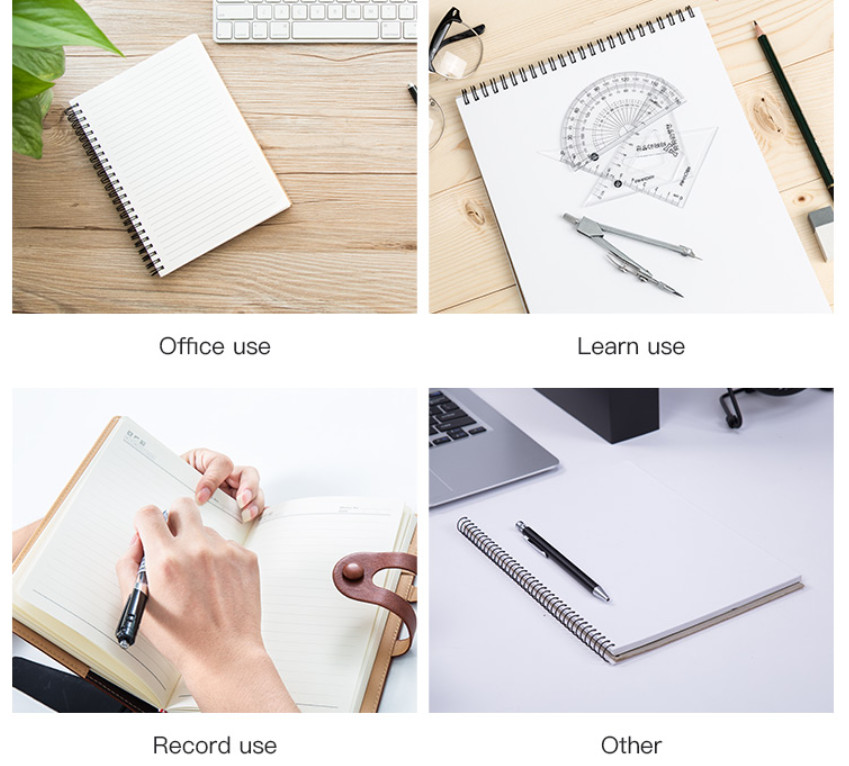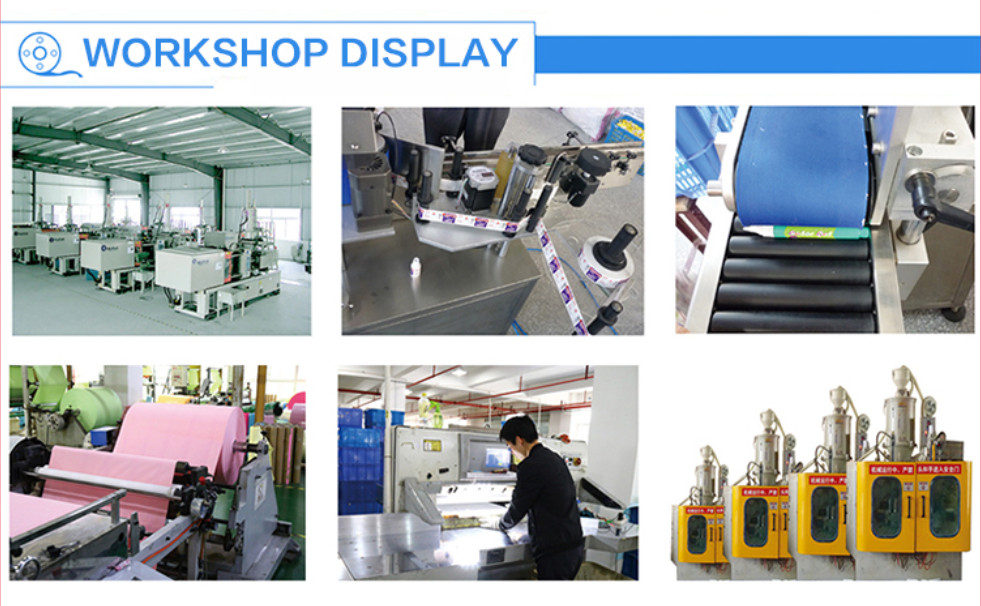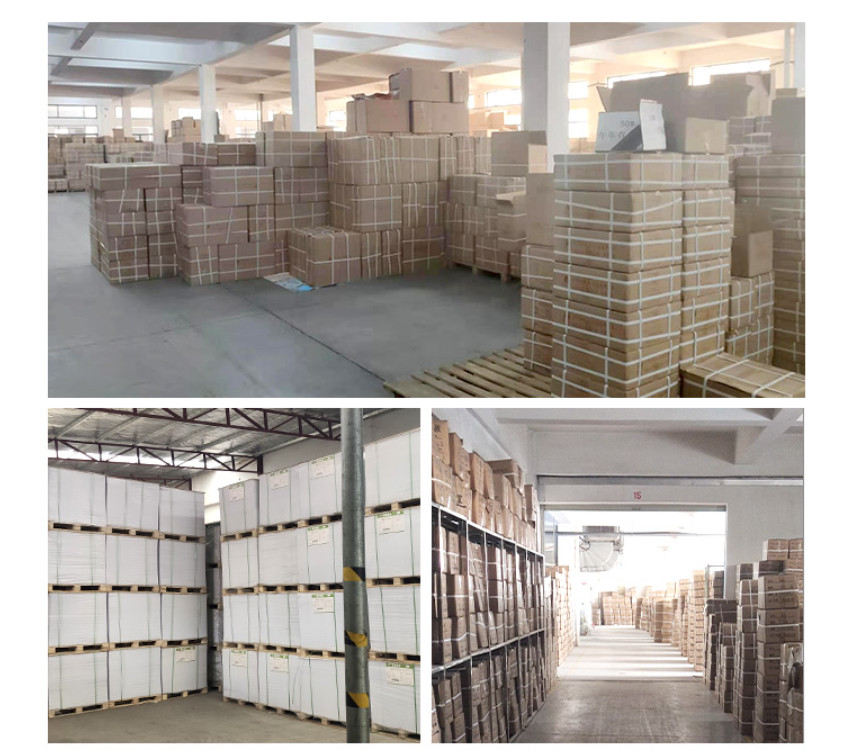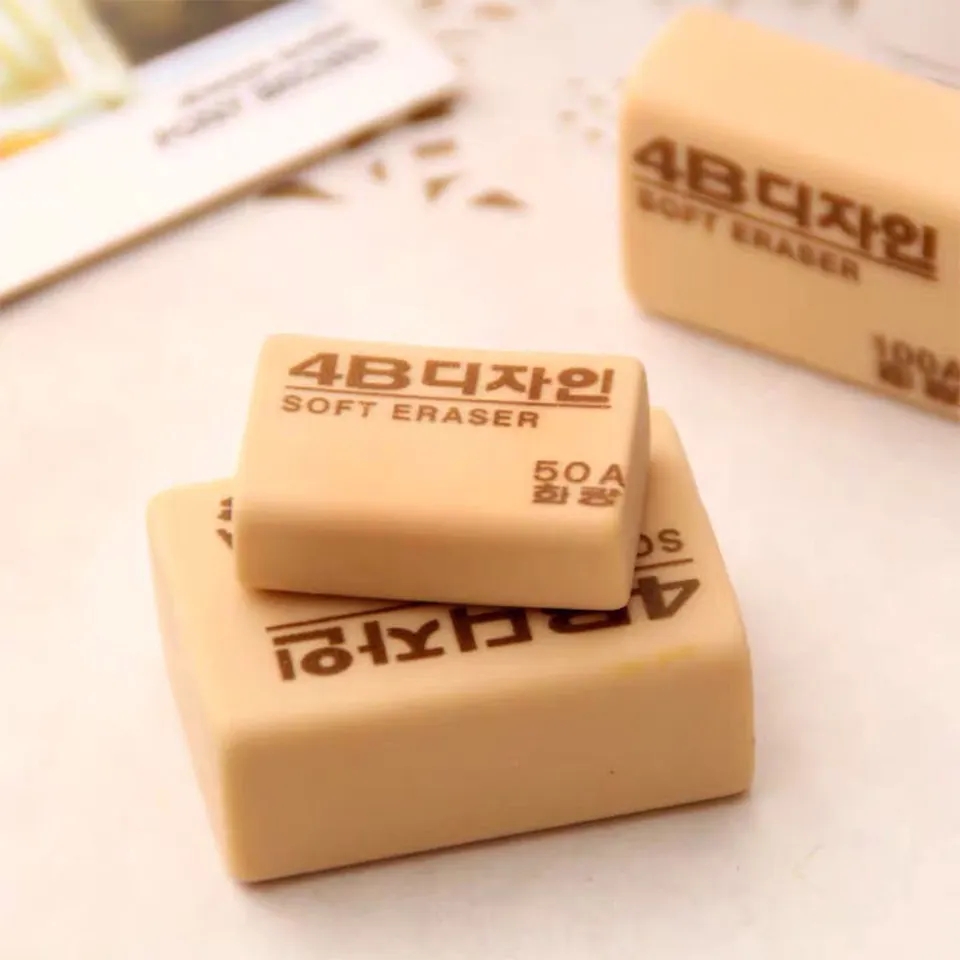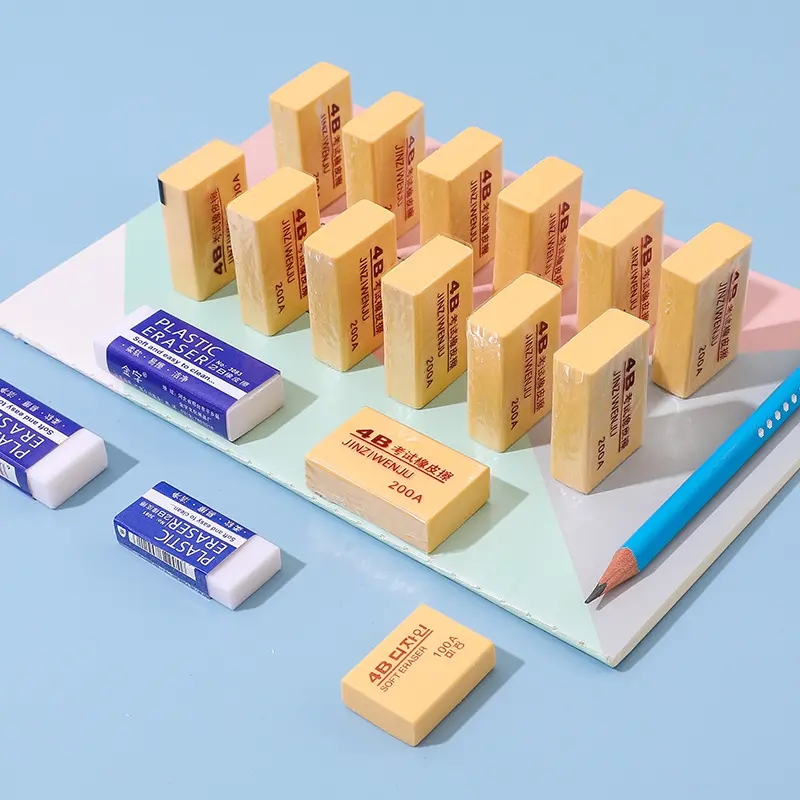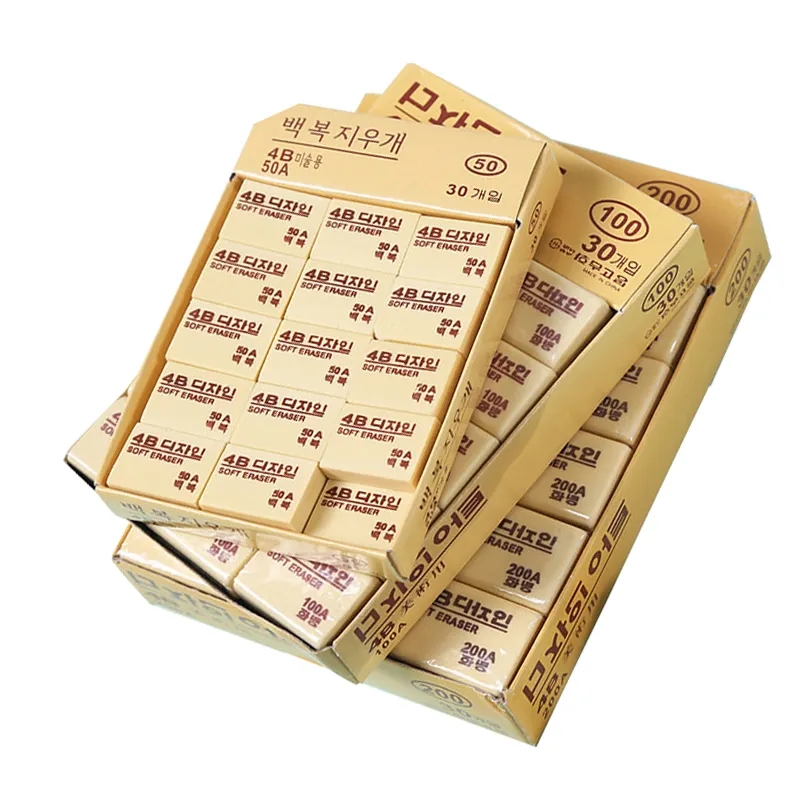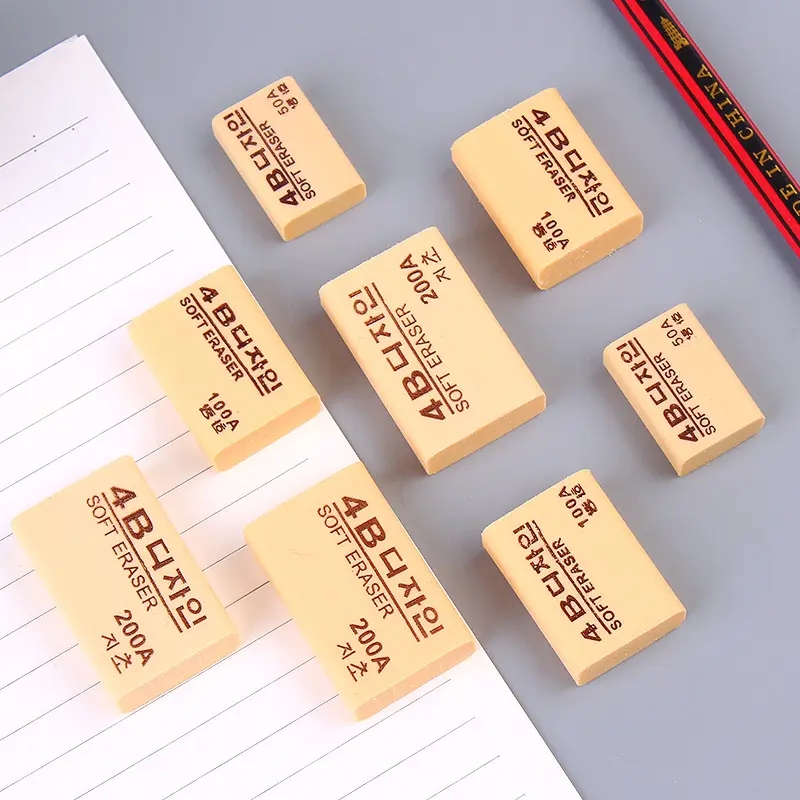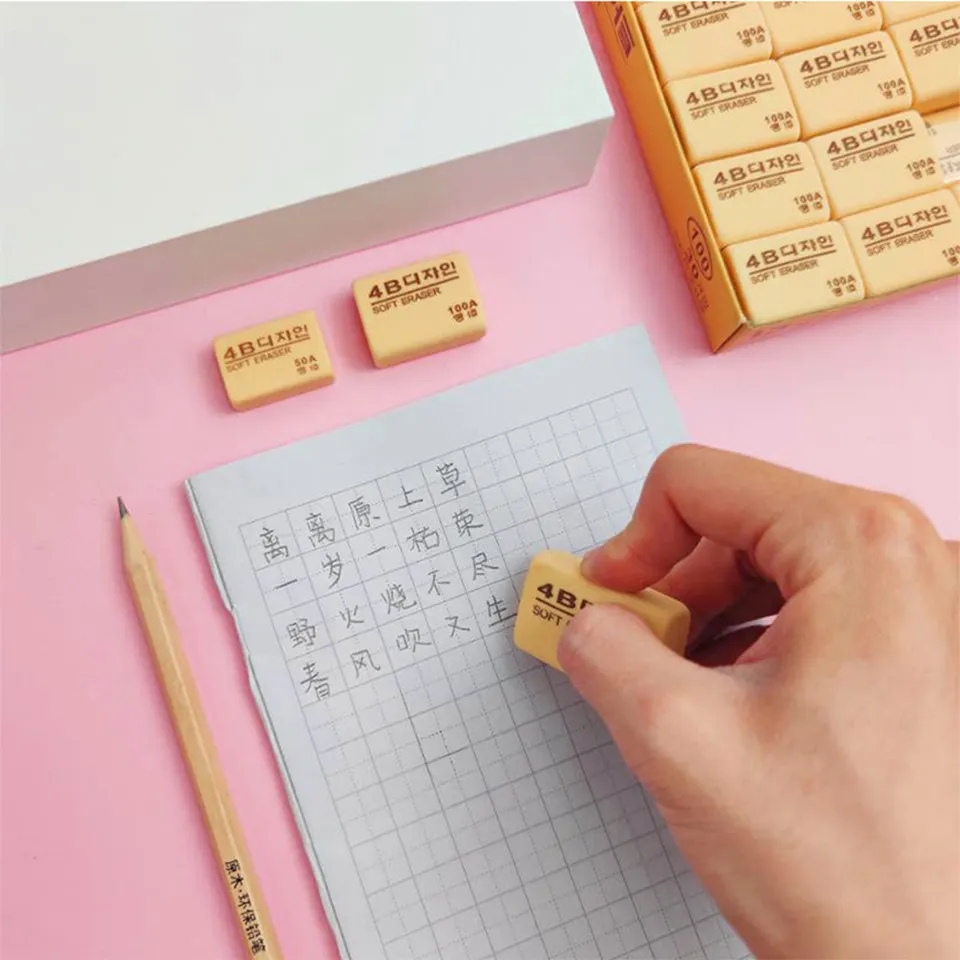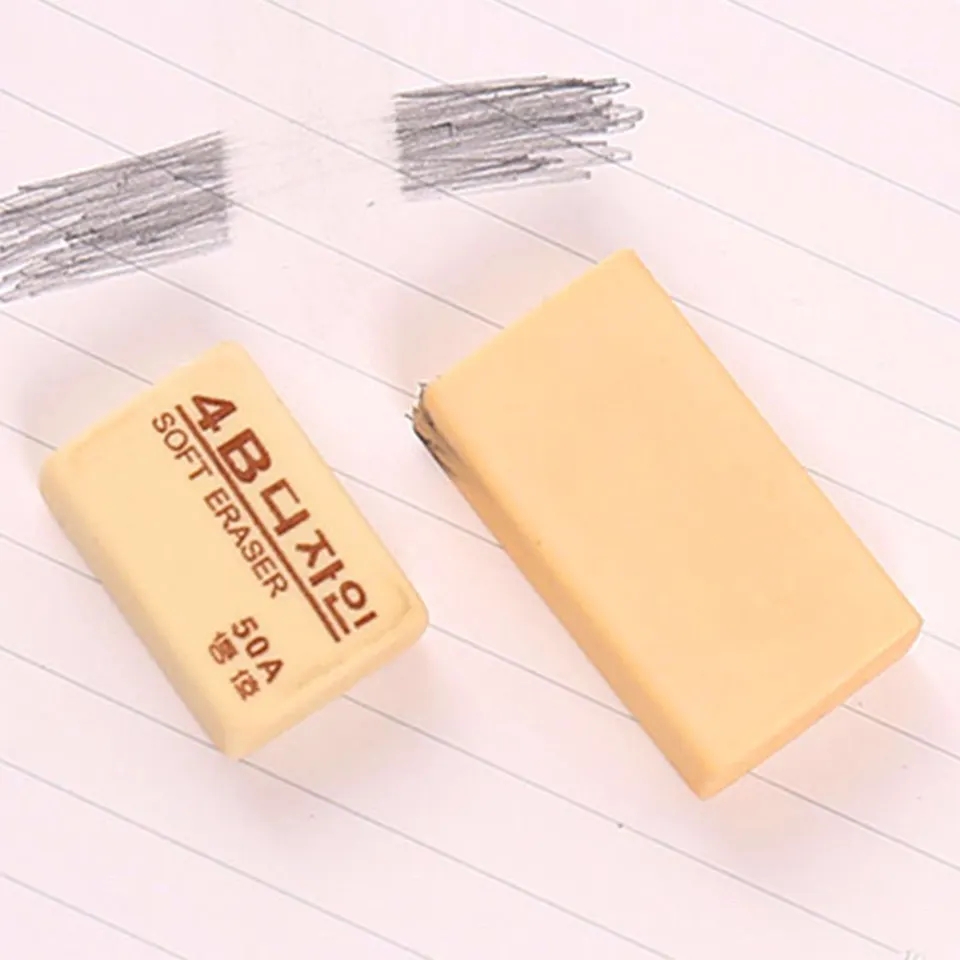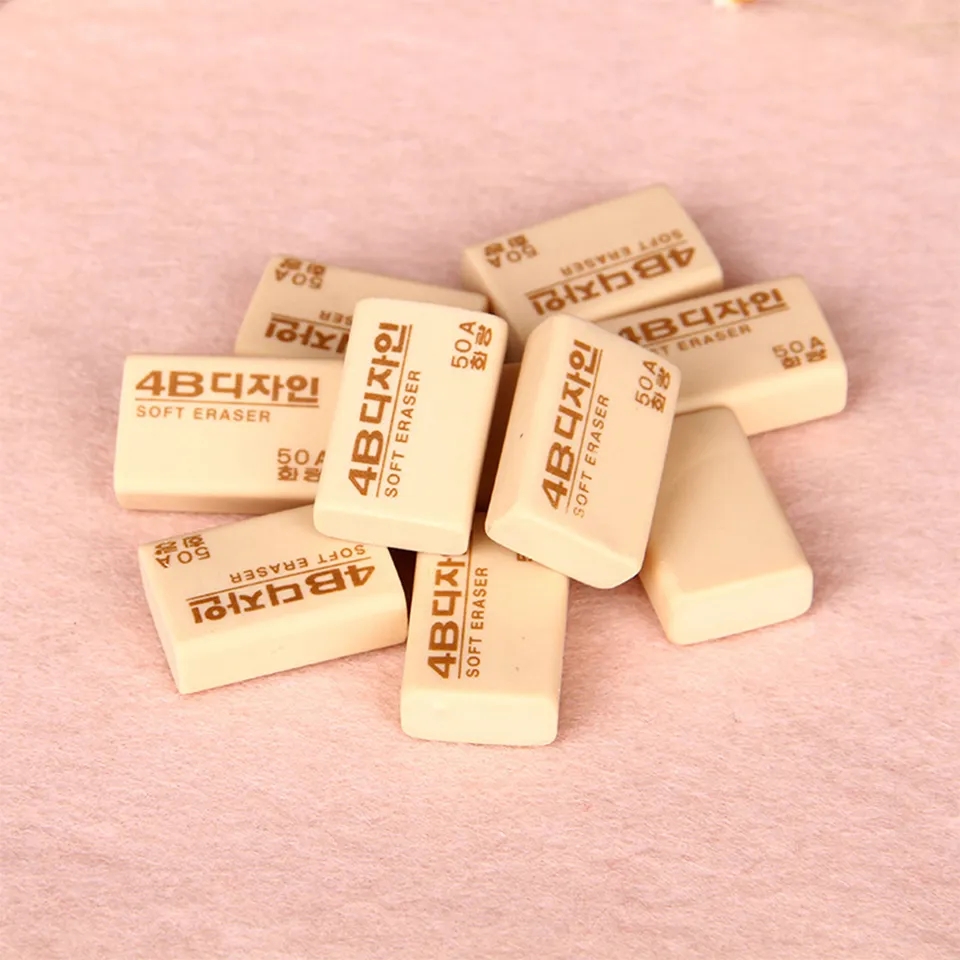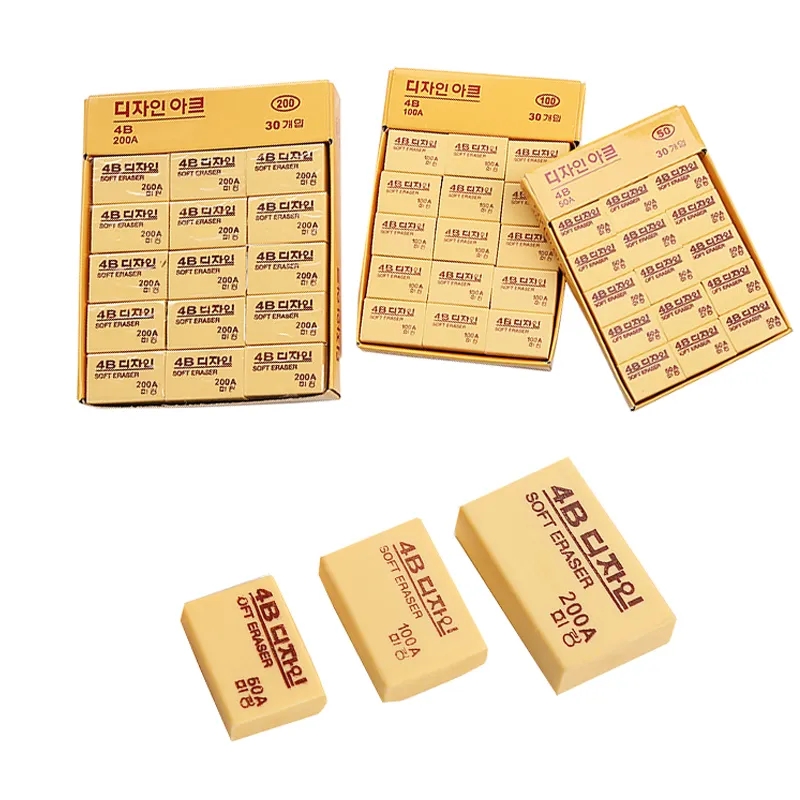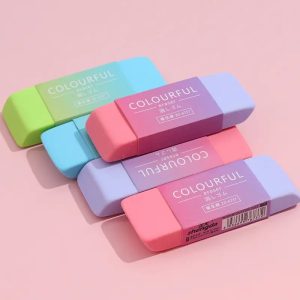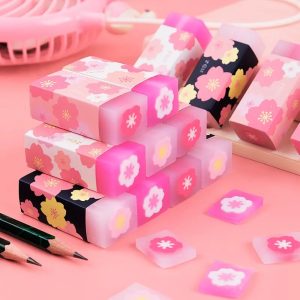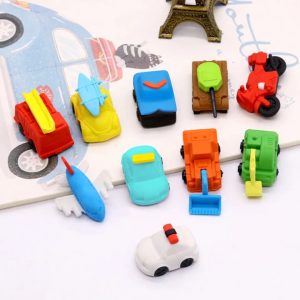Rubber Erasers: The Unseen Architects of Excellence
Introduction: Rubber erasers, often overlooked in the world of creativity and academics, are the quiet yet indispensable architects of excellence. In this comprehensive guide, we will embark on a journey into the realm of rubber erasers, exploring their diverse types, versatile applications, and the essential practices for care and maintenance. Whether you’re a student, artist, or professional, mastering the art of using rubber erasers can significantly elevate your work and ensure cleaner, more precise results.
Types of Rubber Erasers:
Vinyl Erasers: Commonly known as plastic erasers, vinyl erasers are versatile and gentle on paper. They erase pencil marks cleanly and leave minimal residue, making them suitable for most tasks.
Kneaded Erasers: Artists and illustrators hold kneaded erasers in high regard for their pliability. They can be molded into various shapes and excel in precision erasing, blending, and shading in pencil, charcoal, or pastel artwork.
Gum Erasers: Gum erasers offer a firmer texture compared to vinyl erasers, making them efficient at removing heavier pencil or ink marks. They are highly effective on thicker paper and in professional settings.
Art Erasers: Crafted with artists in mind, these erasers come in specialized forms like pen erasers and pencil cap erasers, catering to specific artistic requirements during the creative process.
Effective Erasing Techniques:
Gentle Pressure: Apply light, even pressure when erasing to prevent paper damage and ensure a clean result. Start softly and increase pressure gradually if necessary.
Erase in the Right Direction: Erase in the same direction as the pencil or ink strokes for optimal results. Avoid aggressive back-and-forth motions that may harm the paper surface.
Patience and Precision: When dealing with stubborn marks, take your time. Multiple gentle erasing passes are often more effective than applying excessive pressure.
Kneaded Eraser Versatility: For artists, kneaded erasers offer flexibility not only for erasing but also for blending and shading. Roll the eraser into a fine point for precise work or flatten it for broader shading effects.
Care and Maintenance:
Regular Cleaning: Maintain eraser effectiveness by routinely cleaning them. Gently rub the eraser on a clean surface or use another eraser to remove accumulated dirt and debris.
Avoid Overuse: Apply light pressure and avoid excessive erasing, as it can damage the paper and eraser.
Timely Replacement: Erasers wear down over time, reducing their efficiency. Replace them when they become too small or lose their shape.
Proper Storage: Store erasers in a cool, dry place to prevent them from drying out or becoming too soft. Shield them from extreme temperatures.
Conclusion: Rubber erasers, though often underestimated, are essential tools that foster precision, creativity, and efficiency in various aspects of our lives. By acquainting yourself with different eraser types, mastering erasing techniques, and adopting proper maintenance practices, you can harness the full potential of these seemingly humble yet indispensable companions. Whether you’re a student pursuing perfection, an artist striving for excellence, or a professional aiming for immaculate results, rubber erasers are your trusted allies on the path to achieving your goals with accuracy and finesse.
